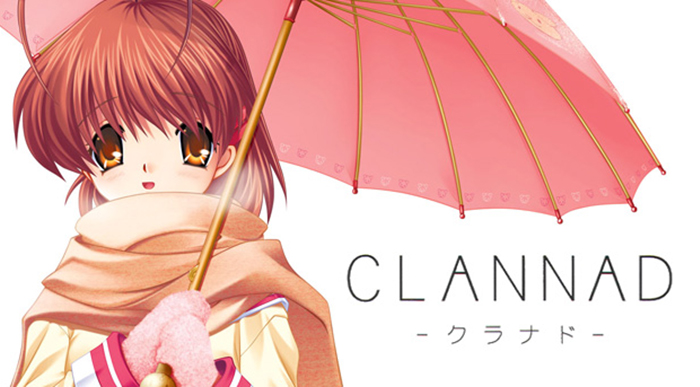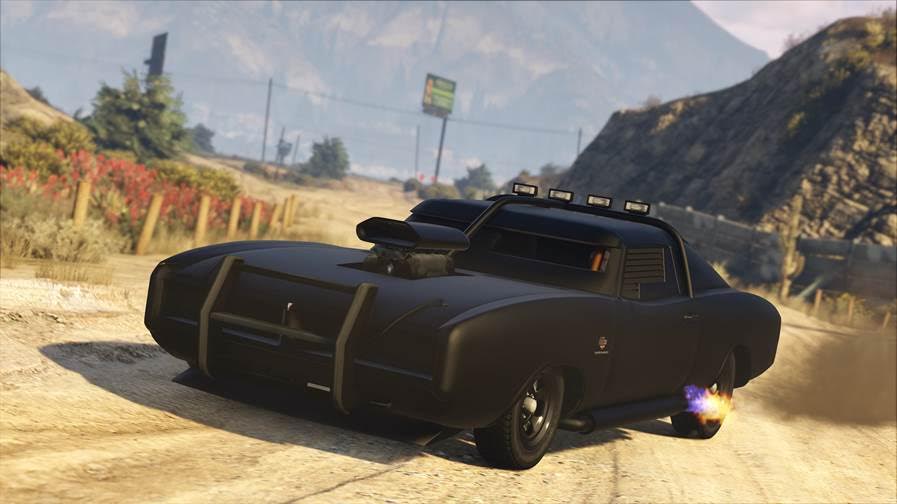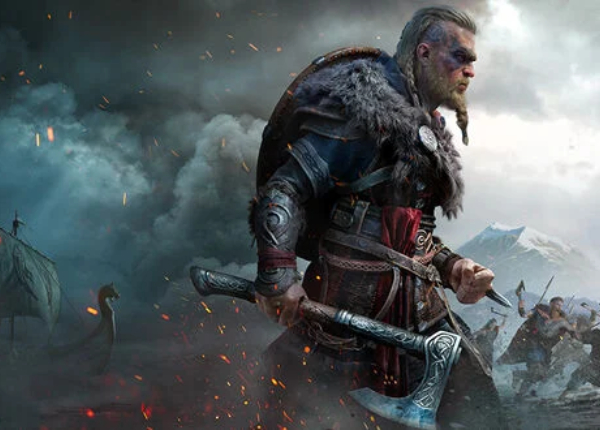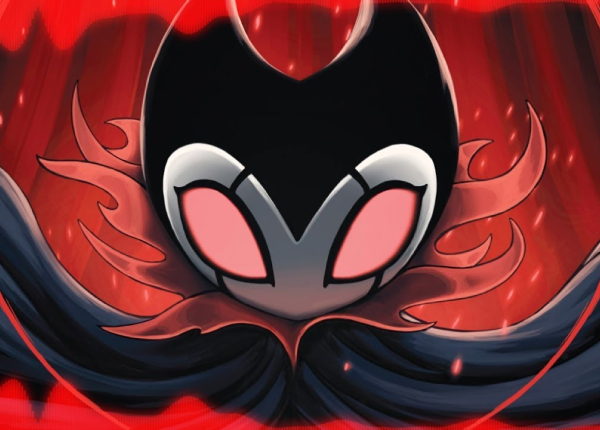New Super Mario Bros U Deluxe review: 2019’s first great Switch game
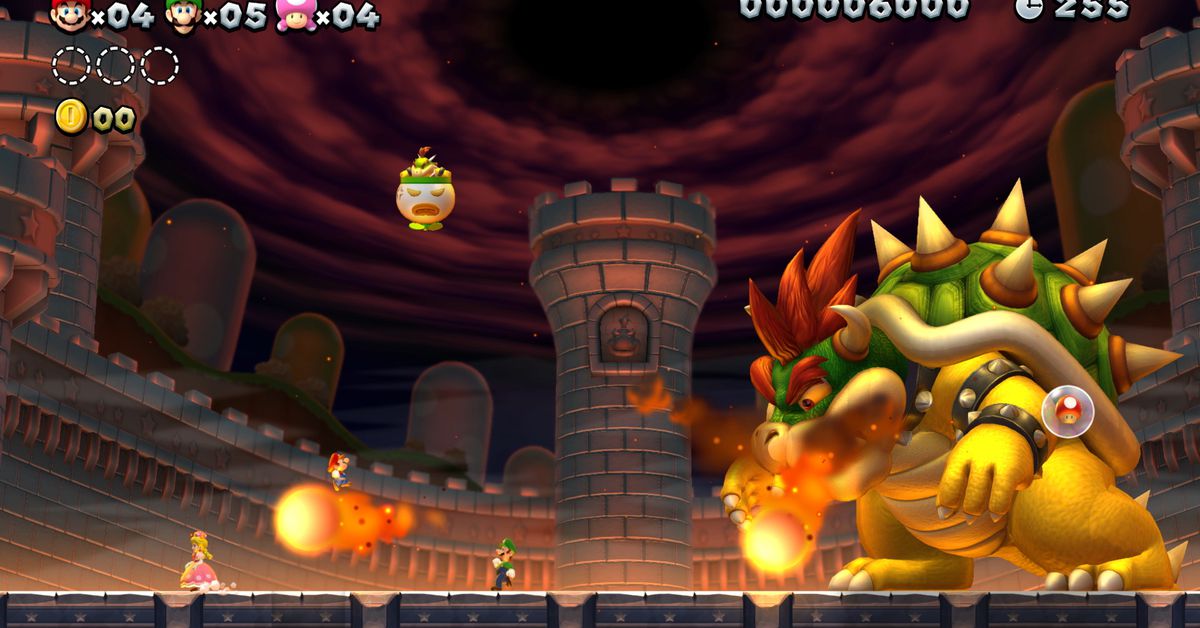
For a moment, it seemed inevitable that a half-dozen or so excellent games from arguably the most influential video game publisher ever would be relegated to the status of historical footnote. In 2012, Nintendo followed its mainstream motion-control phenomenon, the Wii, with a new strategy refocused around its old fan base. The software plan was inspired. Fantastic entries in iconic franchises like The Legend of Zelda, new franchises like Splatoon, and three new Mario games, emphasizing the series’ 2D platforming roots. The hardware plan? Not so good. Nintendo bound the catalog to its ill-fated Wii U, an on-the-go tablet console that counterintuitively couldn’t be used on the go. In the end, an abundance of great games couldn’t overcome the agony of playing on what feels like a screen ripped off the seat back of a cheap domestic flight.
All the while, Nintendo quietly fashioned a lifeboat for all these precious creations. In 2017, the Nintendo Switch made good on the potential of its predecessor, becoming the first truly portable hybrid console. Over the past two years, Switch ports and sequels have introduced most of the Wii U catalog to the audience it had always deserved. No Wii U game has benefited from this revival more than New Super Mario Bros. U.
Re-released this week on Switch as New Super Mario Bros. U Deluxe, the game now includes its large and challenging expansion, New Super Luigi U, and a handful of tweaks and additions, most notably the memeable Toadette.
Mario games come in all shapes and sizes. New Super Mario Bros. U hums in the mode of retro classics Super Mario Bros. 3 and Super Mario World. Mario moves on a two-dimensional plane from left to right, dodging obstacles, stomping enemies, collecting power-ups, saving progress at diminutive midpoint flags, finishing stages at tall endpoint flags. It seems, with a passing glance, familiar enough, maybe even a little tired.
At least, that was the take in 2012. Most of Nintendo’s Wii U games were commercial disappointments, but they at least inspired praise from the few critics and fans who played them. New Super Mario Bros. U and New Super Luigi U didn’t even get that. Their commercial challenges were abundant, their timing unfortunate.
Nintendo marketed New Super Mario Bros. U as the first truly high-definition Mario game, a pitch that probably set the wrong expectations. Rather than a visually dazzling 3D game that took advantage of the hardware’s power with flashy hi-def visuals, New Super Mario Bros. U was the fourth iteration of a 2D platformer series that had debuted half a decade earlier on the portable Nintendo DS.
The New Super Mario games were beloved around this time, both among fans and critics, but New Super Mario Bros. U arrived a mere three months after New Super Mario Bros. 2, pitting the Wii U game against a cheaper, numbered entry on the more popular Nintendo 3DS.
As the big Wii U launch game — the first Mario game to launch alongside a Nintendo console since Super Mario 64 on the Nintendo 64 — it had the added pressure of justifying a purchase of the $299 system and legitimizing its uncomfortable tablet controller. Critics noted the boon of playing Mario on a couch without having to use the TV. But folks had been doing just that for over a decade with the Game Boy and Nintendo DS, and those systems could leave the living room.
On the Switch, New Super Mario Bros. U Deluxe hurls all of that baggage into the trash heap. Gone is the pressure of being the first HD Mario and a new console’s raison d’être. Meanwhile, we haven’t seen a 2D Mario platformer since New Super Mario Bros. U’s initial release six years ago — Super Mario Maker and Super Mario Run notwithstanding.
:no_upscale()/cdn.vox-cdn.com/uploads/chorus_asset/file/13677204/Switch_NSMBU-Deluxe_090618_PressKit_SCRN_04.0.jpg)
Nintendo EAD/Nintendo
Most importantly, the Switch allows the game to be portable, as it was always meant to be. Now, we can finally enjoy New Super Mario Bros. U for what it is.
New Super Mario Bros. U Deluxe features a few new characters — the easy-to-control Toadette, the invulnerable-to-enemies Nabbit — and a couple of new powers: a squirrel suit that floats, a crown that turns the squat Toadette into the humanoid Peachette. But the appeal has less to do with how it contributes to the franchise than with how it repurposes and reimagines what’s already available.
With each stage, its creators manage to draw water from a seemingly tapped well. Mario proceeds rightward (or on occasion, upward), but the creators impede the path with obstacles, puzzles, and secrets that walk to the edge of challenging, without taking that extra step into malicious and unfair. Stages regularly mix and remix established Mario level design, like an underwater haunted house in which humongous obstacles jut from the shadows at the last second, blocking off paths, trapping our hero in confined space with a horde of skeleton fish. Basic shapes become clever obstacles, such as giant stars that spin when I step on them, like log rolling but even more precarious.
For a 2D platformer, the stages feel uncommonly big and open, generous with power-ups and secrets. The game allows for up to four players to play cooperatively, and yet, things never feel busy or crowded.
OK, I know what you’re thinking. Yes, it’s silly to explain what’s special about New Super Mario Bros. U because it bends toward high praise of laughable minutiae. I find myself jabbering about the placement of coins and how they both create and thwart the perfect paths through stages; how the abundant secrets manage to feel shrewdly hidden but also locatable thanks to the game’s subtle visual language; that Toadette’s jump feels better than Mario’s, and that every player should swallow their pride and play as this new character Nintendo has labeled “easy” because Toadette’s just more enjoyable than her peers.
And hey, if you want challenge, the New Super Luigi U mode awaits with a brutal time limit and some diabolical tweaks to New Super Mario Bros. U’s stages! It takes everything warm and patient and freeing about the main game, and fashions it into a hammer to smash Luigi, and by proxy, me. Having New Super Luigi U unlocked from the start allows for a natural rhythm. Play some stages in New Super Mario Bros U. to build your confidence, then switch to New Super Luigi U to be humbled. It’s nice to have choice when it comes to the amount of challenge I want for a quick coffee break session.
:no_upscale()/cdn.vox-cdn.com/uploads/chorus_asset/file/13677203/Switch_NSMBU-Deluxe_090618_PressKit_SCRN_06.0.jpg)
Nintendo EAD/Nintendo
I know, I sound like somebody riffing on why one cabernet sauvignon bests all the others because it has the right amount of tannins and its mouthfeel is just so je ne sais quois. But hear me out: The jumps really do have the right amount of floatiness, and the level design’s respect for the classic Mario games, without becoming crude copies of them, has a real I don’t know what.
Iteration has a bad rap among a certain corner of the video game audience, the word conjuring retail shelves full of countless sequels to Call of Duty and Assassin’s Creed. But New Super Mario Bros. U’s ability to successfully mine a formula that’s inspired 17 sequels over 30 years is an astonishing reminder that video games have a unique and appealing relationship with the iterative process.
Iteration in video games, done well, borders on the spiritual. Here we see creators build a world and watch how hundreds, thousands, sometimes millions of people inhabit that space. Then, we see them use that lesson to build a new world for us, one that improves upon the initial creation, or subverts it or critiques it or decimates it altogether for something formally new, but built from the wreckage of its visuals and systems.
Iteration at its best isn’t merely refinement or polish; it’s a game in conversation with all of its predecessors, and through these games, a dialogue between the creators and players. It is the culmination and collaboration all at once. New Super Mario Bros. U may not be everyone’s No. 1 Mario game of all time, but I have no doubt it will remind every fan of what makes their favorite special.
And to think, a game built with the pieces of Mario’s history could have been little more than a footnote.
New Super Mario Bros. U Deluxe was reviewed using a final “retail” Nintendo Switch download code provided by Nintendo. You can find additional information about Polygon’s ethics policy here.
[ad_2]
Source link

